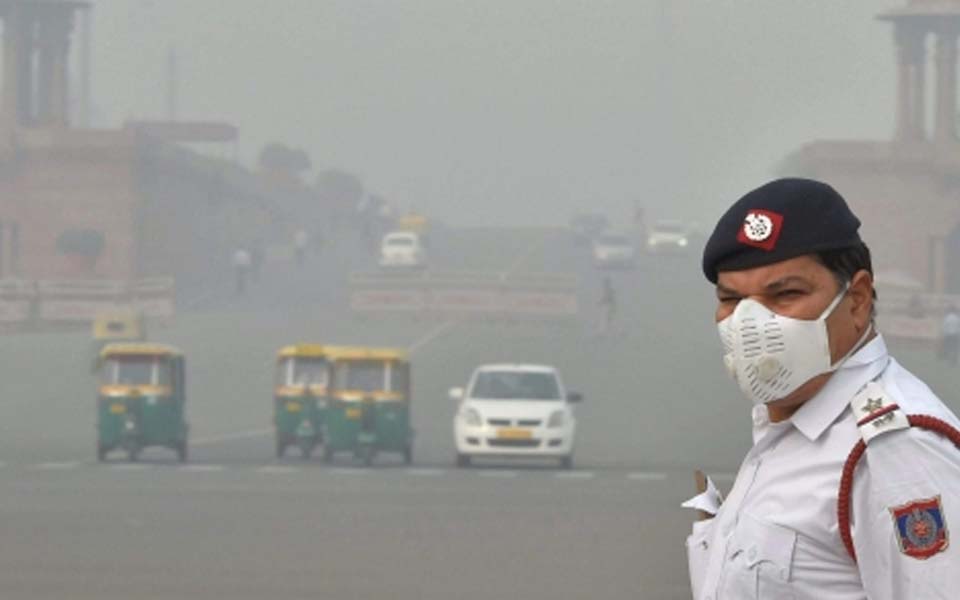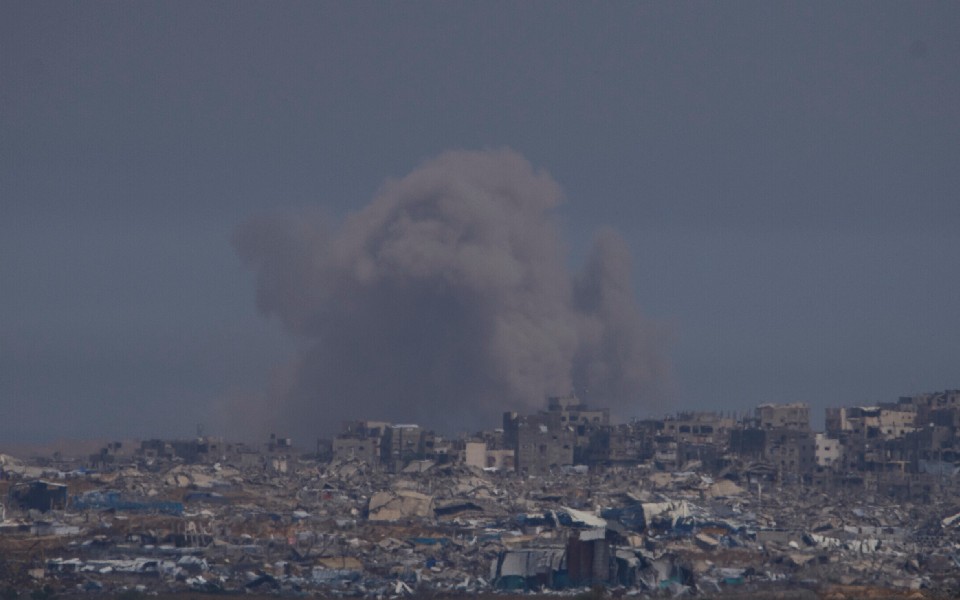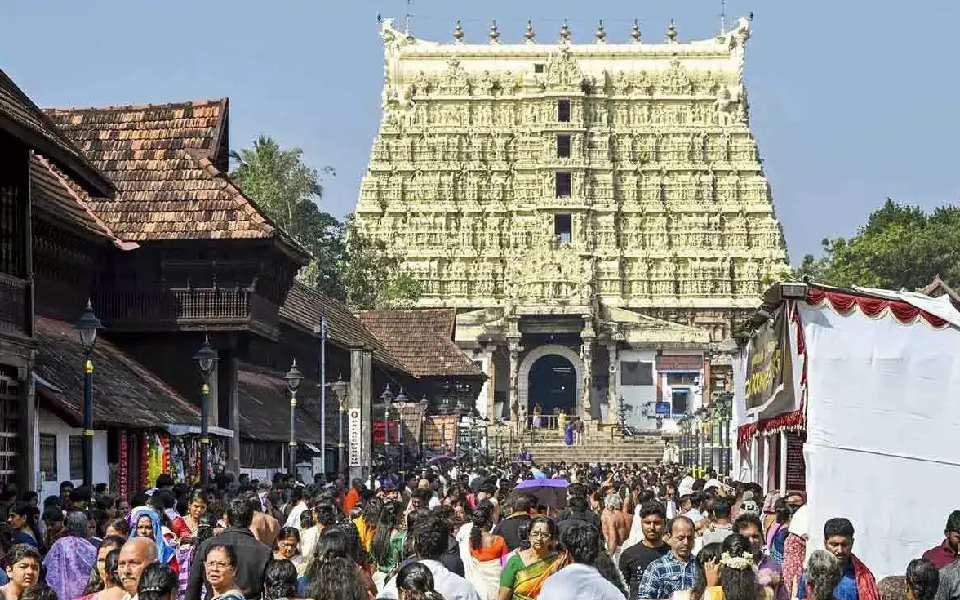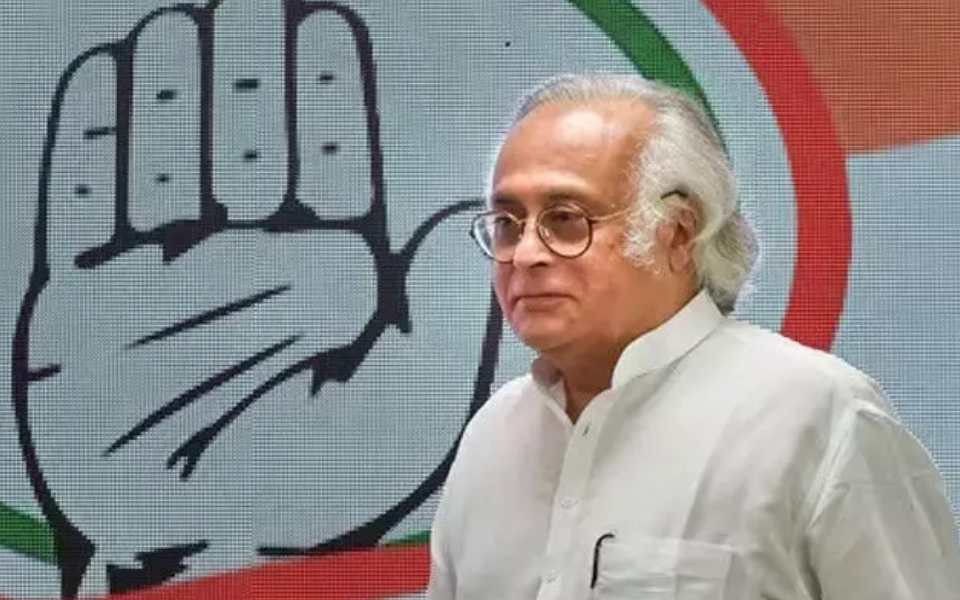New Delhi, Jan 21: The coal-belching town of Jharia in Jharkhand continues to be the most polluted city in India, while Delhi has made marginal improvement in reducing its air pollution level, according to a Greenpeace India report released on Tuesday.
Delhi is the 10th-most polluted city in India, according to the report. The city was at the eighth spot a year ago, according to the report for that year.
Average annual levels of PM10, particulate matter less than 10 micrometers in diameter that can enter the lungs and even the bloodstream, in Jharia was 322 micrograms per cubic metre in 2018, more than six times the safe limits of 0-60, according to the report.
Jharkhand's Dhanbad, known for its rich coal reserves and industries, is the second-most polluted city in India, according to the report based on analysis of PM10 data from 287 cities across the country.
Annual average of PM10 levels in Delhi reduced from 240 micrograms per cubic metre in 2017 to 225 in 2018.
Lunglei in Mizoram is the least polluted followed by Meghalaya's Dowki, according to the report.
Six of the top-10 polluted cities are in Uttar Pradesh -- Noida, Ghaziabad, Bareilly, Allahabad, Moradabad and Firozabad.
The Greenpeace report also said 231 of the 287 cities recorded PM10 levels above 60 micrograms per cubic metre on at least 52 days in 2018.
The Central Pollution Control Board has identified 0-60 g/m3 as safe limit for PM10 levels under National Ambient Air Quality Standards (NAAQS).
"For NAAQS, pollution data for 104 days covering all seasons is collected. It is done to maintain uniformity in data collection," according to Dipankar Saha, former head of the CPCB's air quality lab.
In 2015, the Environment Ministry identified 102 cities as "non-attainment" cities (which do not meet National Ambient Air Quality Standards) under the National Clean Air Programme that aims for a 20-30 percent reduction in PM10 and PM2.5 concentrations by 2024, Avinash Chanchal, one of the two authors of the report said.
Ideally, all these 231 cities are non-attainment cities and should be included in NCAP, he said.
"Based on 2018 data, West Bengal, Punjab, Maharashtra, Uttar Pradesh and Orissa have 36, 21, 21, 20 and 15 non-attainment cities respectively," the report said.
The report also said pollution levels across much of the country are so high that even a 30 per cent reduction will still leave levels above NAAQS.
Let the Truth be known. If you read VB and like VB, please be a VB Supporter and Help us deliver the Truth to one and all.
Deir al-Balah, May 10 (AP): Israeli airstrikes overnight and into Saturday killed at least 23 Palestinians in Gaza, including three children and their parents whose tent was bombed in Gaza City, health officials said.
The bombardment continued as international warnings grow over Israeli plans to control aid distribution in Gaza as Israel's blockade on the territory of over 2 million people is in its third month.
The UN and aid groups have rejected Israel's aid distribution moves, including a plan from a group of American security contractors, ex-military officers and humanitarian aid officials calling itself the Gaza Humanitarian Foundation.
Among the 23 bodies brought to hospitals over the past 24 hours were those of the family of five whose tent was struck in Gaza City's Sabra district, Gaza's Health Ministry said.
Another Israeli strike late Friday hit a warehouse belonging to UNRWA, the UN agency for Palestinian refugees, in the northern area of Jabaliya. Four people were killed, according to the Indonesian Hospital, where bodies were taken.
AP video showed fires burning in the shattered building. The warehouse was empty after being hit and raided multiple times during Israeli ground offensives against Hamas fighters over the past year, said residents including Hamza Mohamed.
Israel's military said nine soldiers were lightly wounded Friday night by an explosive device while searching Gaza City's Shijaiyah neighborhood. It said they were evacuated to a hospital in Israel.
Israel resumed its bombardment in Gaza on March 18, shattering a two-month ceasefire with Hamas. Ground troops have seized more than half the territory and have been conducting raids and searching parts of northern Gaza and the southernmost city of Rafah. Large parts of both areas have been flattened by months of Israeli operations.
Under Israel's blockade, charity kitchens are virtually the only source of food left in Gaza, but dozens have shut down in recent days as food supplies run out. Aid groups say more closures are imminent. Israel has said the blockade is meant to pressure Hamas to release remaining hostages and disarm. Rights groups have called the blockade a “starvation tactic” and a potential war crime.
Israel accuses Hamas and other fighter groups of siphoning off aid in Gaza, though it hasn't presented evidence for its claims. The U.N. denies significant diversion takes place, saying it monitors distribution.
The 19-month-old war in Gaza is the most devastating ever fought between Israel and Hamas. It has killed more than 52,800 people there, more than half of them women and children, and wounded more than 119,000, according to the Health Ministry. The ministry's count does not differentiate between civilians and combatants. Israel says it has killed thousands of Hamas members, without giving evidence.
Israel has vowed to destroy Hamas after the Oct. 7, 2023, attack on southern Israel in which Hamas group killed around 1,200 people, mostly civilians, and kidnapped over 250 others. Hamas still holds about 59 hostages, with around a third believed to still be alive.
Hamas released a video Saturday showing hostages Elkana Bohbot and Yosef-Haim Ohana, who appeared under duress. They were abducted during the Oct. 7 attack from a music festival where over 300 people were killed. Hamas released a video of them a month and half ago and has released several videos of Bohbot alone since then.





